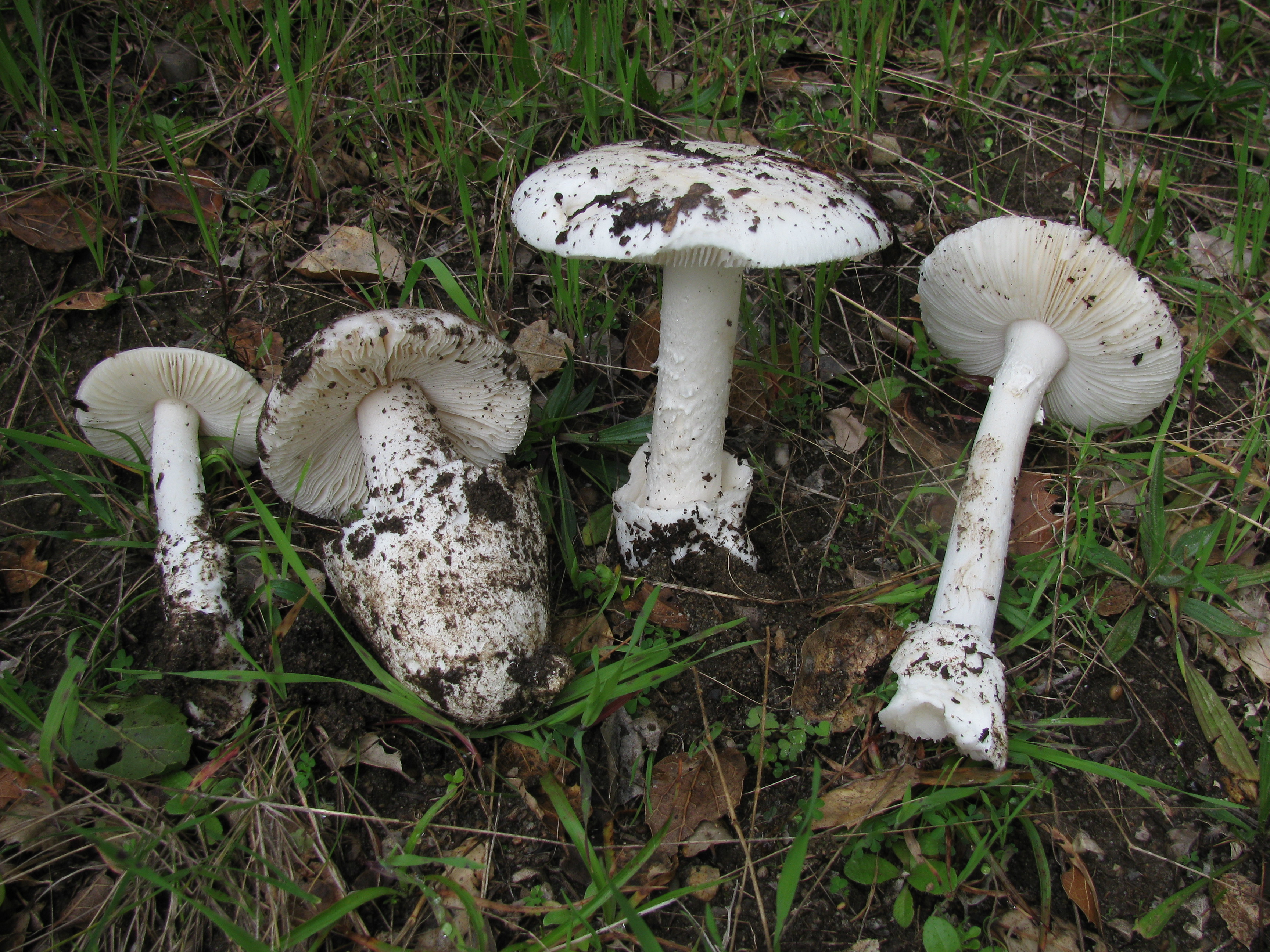(stock image)
Source: Public Health Department
Seasonal rains have arrived and the Santa Barbara County Public Health Department would like to remind residents of the potential dangers of ingesting wild mushrooms. These mushrooms may emerge in residential neighborhoods and public parks throughout Santa Barbara County and ingesting them can cause serious illness and even death for humans and animals.
Many types of wild mushrooms can be found in our county and while some are edible, several range from mildly or moderately toxic to very poisonous. Adults and children should be aware of the health risks associated with wild mushrooms and what to do if they are ingested.
According to the California Poison Control System (CPCS), eating poisonous mushrooms may cause abdominal pain, cramping, vomiting, diarrhea, liver damage, and death. For dog owners, be on the lookout for vomiting, diarrhea, abdominal pain, weakness, lethargy, excessive drooling, and seizures. Anyone who develops symptoms after eating wild mushrooms should seek immediate medical attention. People who develop these symptoms, or their treating health care providers, should immediately contact CPCS at (800) 222-1222.
The most serious illnesses and deaths have been linked primarily to wild mushrooms known to cause liver damage, including Amanita phalloides (shown below), also known as the “death cap” and Amanita ocreata, or “destroying angel.” (shown below)
CPCS reports 695 cases of human ingestion of poisonous mushrooms from November 2017 through the end of October 2018 in California. Among those, 4 cases experienced a major health effect in which the symptoms were life-threatening or had a residual effect and 44 cases had a moderate effect in which the patient required some form of treatment. 366 of the total cases were children 5 years of age and younger.






Never forget Angelo Crippa, an avid mushroom forager from SB who died from eating a poisonous mushroom, even though he had been eating wild mushrooms his entire life. Even long-time hobbyists are vulnerable to fatal misidentifications – don’t risk it, or stick to varieties that do not have poisonous “twins” (for example, Chicken of the Woods) http://articles.latimes.com/2009/mar/12/local/me-poison12
The top photo is A. muscaria, yes, but the other two photos do show the species mentioned in the article. The phalloides has that yellowy color as it matures, definitely the one in that photo showing all the stages. The ocreata look similar to a lot of other mushrooms–sometimes it gets yellow or greenish on top, but not always! I have friends who bring me chanterelles every year (assuming it rains), but other than that I stick to the grocery store….
(Disclaimer: I’m no authority, but…) The photo shows Amanita muscaria, not either of the two poisonous Amanitas mentioned in the article. A. ocreata might be found natively in this region; the others, not so much. It might be useful to show photos and/or names of the poisonous varieties people should be avoiding in this area, as the article suggests.